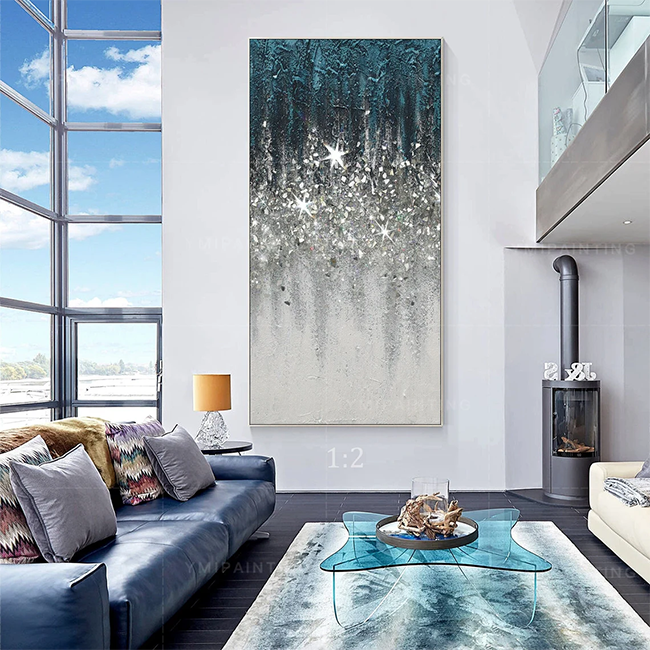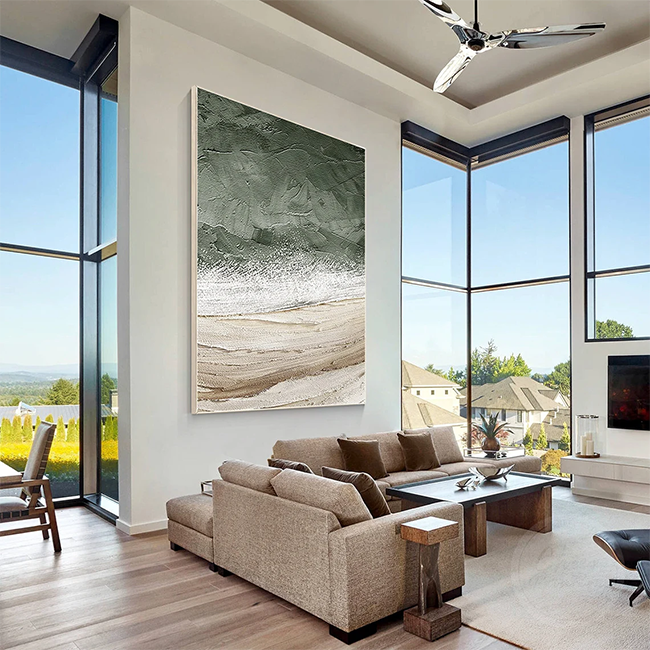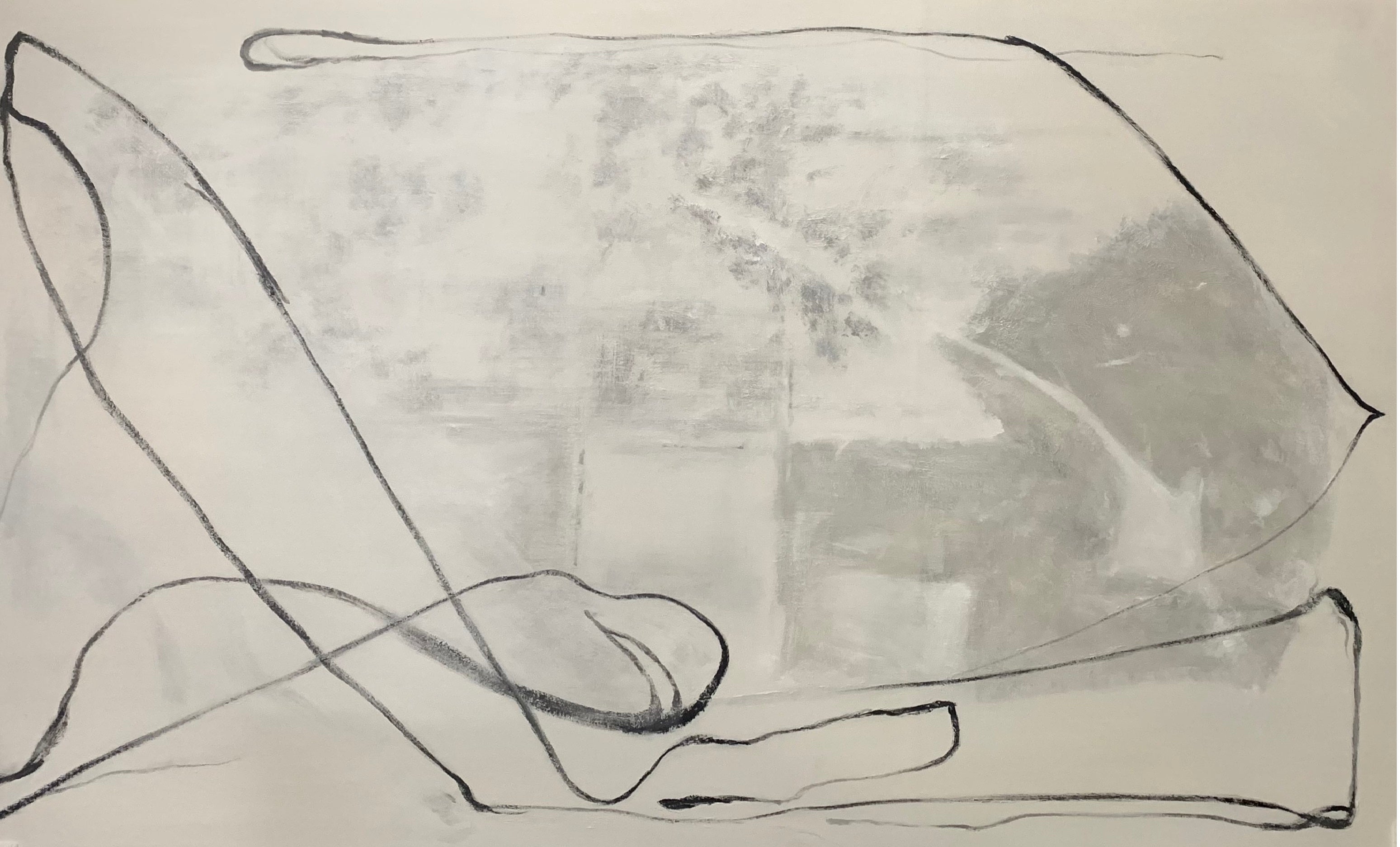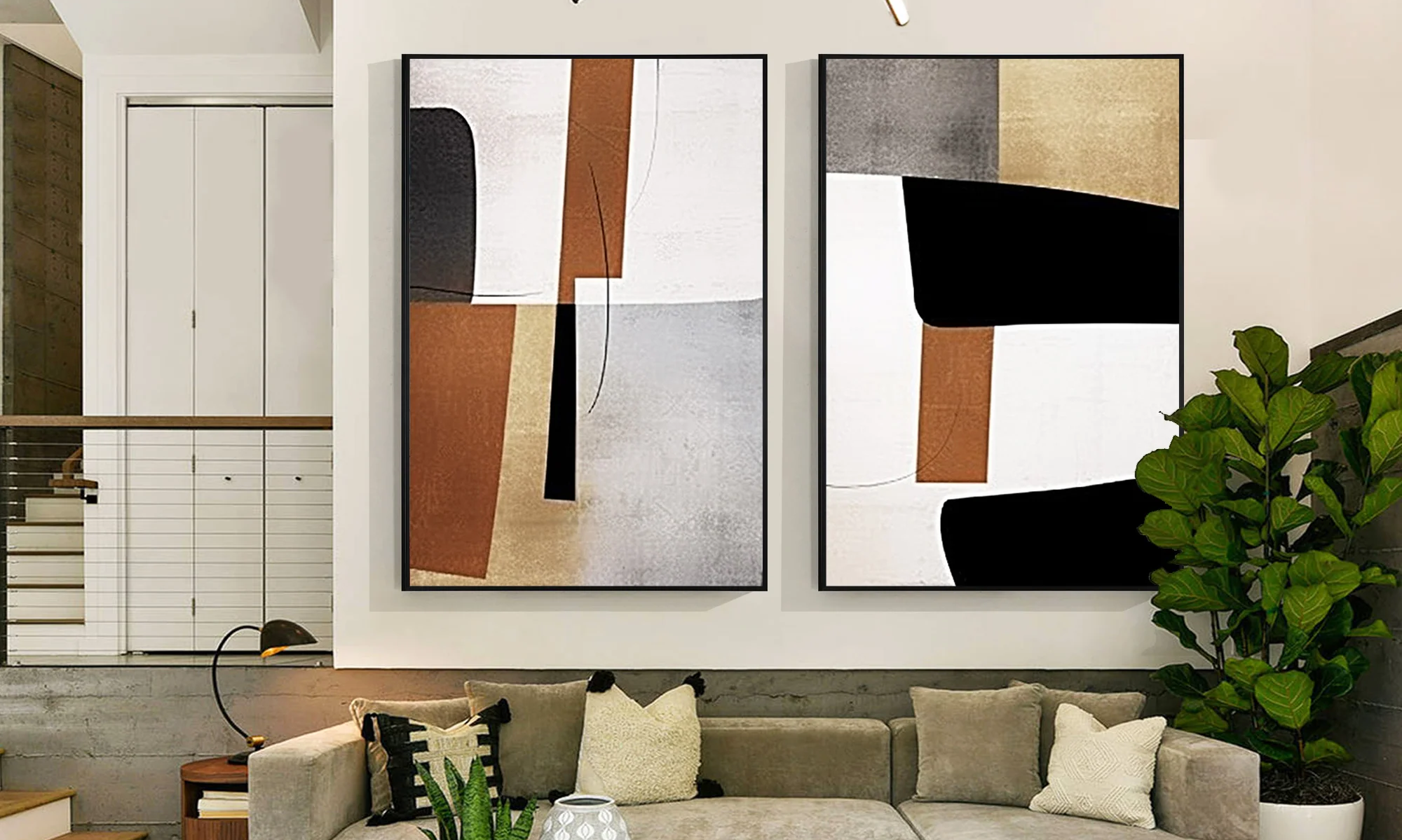
How to Start Collecting Art: A Beginner's Guide to Building Your Own Collection
Introduction:
Art collecting is a unique and fulfilling journey that allows you to bring beauty into your home, support artists, and invest in pieces that may increase in value over time. Whether you're just starting out or looking to expand your collection, understanding the basics will help you make informed decisions. In this blog post, we’ll walk you through everything you need to know to start collecting artwork with confidence.
1. Define Your Taste and Style
Before you dive into the world of art collecting, it's important to understand your own personal preferences. Art is a deeply subjective experience, and the pieces you choose should reflect your personality and style. Start by exploring different types of art—such as abstract, modern, contemporary, or traditional—and see which resonates with you.
Tips:
- Browse art galleries, online platforms (like Etsy or Saatchi Art), and museum exhibitions.
- Pay attention to colors, themes, and artistic mediums that stand out to you.
- Keep a visual diary of art that speaks to you for future reference.
2. Set a Budget
Art collecting doesn't need to be an expensive hobby, but it's essential to have a clear budget in mind. Decide how much you're willing to spend, keeping in mind that some art can be an investment that appreciates over time, while others are more affordable but still valuable for their beauty and emotional impact.
Tips:
- Set a monthly or yearly budget for art purchases.
- Consider the artist's reputation, the size of the piece, and the medium (oil painting, photography, print, etc.).
- Don’t forget to factor in shipping costs, framing, and any additional fees.
3. Research and Learn About the Artists
A big part of art collecting is discovering new artists whose work you enjoy. Take time to research emerging artists, learn about their creative process, and understand the narratives they communicate through their work. Collecting work from new artists can not only add unique pieces to your collection but also serve as an investment as their careers grow.
Tips:
- Follow artists on social media to keep up with their latest works.
- Read artist statements and interviews to gain insight into their creative vision.
- Attend local art shows, gallery exhibitions, or online art fairs to discover new artists.
4. Know Where to Buy Art
Knowing where to buy art is key to building your collection. You can purchase artwork from a variety of sources, such as galleries, online platforms, art fairs, or directly from the artist. Each has its pros and cons.
Tips:
- Art Galleries: Galleries can offer high-quality pieces and valuable insights from experienced curators.
- Online Platforms: Websites like Saatchi Art, Artsy, and Etsy are great for discovering independent artists and browsing a wide range of artworks.
- Art Fairs & Exhibitions: These provide opportunities to meet artists in person and potentially purchase works directly from them.
- Direct from Artists: If you're interested in supporting artists directly, consider purchasing directly from their studios or websites.
5. Consider the Condition and Provenance of the Art
When purchasing art, it’s important to check the condition of the piece. Make sure it’s in good shape and properly maintained, as this can affect its value over time. The provenance (history of ownership) of the artwork can also impact its authenticity and future resale value.
Tips:
- Ask for certificates of authenticity, provenance documents, or any relevant paperwork.
- If you're purchasing prints, check the edition size (limited editions are often more valuable).
- Inspect the artwork carefully or request high-resolution images before buying.
6. Displaying and Caring for Your Artwork
Once you’ve started building your collection, the next step is showcasing your pieces. Proper display and care will help maintain the condition of the art while also enhancing your living space.
Tips:
- Choose framing that complements the artwork and suits your home’s style.
- Hang art at eye level to create a balanced and inviting atmosphere.
- Avoid hanging artwork in direct sunlight or places with high humidity to preserve its integrity.
7. Document Your Collection
As you collect more art, keeping track of your collection will be helpful for insurance purposes
























Leave a comment
This site is protected by hCaptcha and the hCaptcha Privacy Policy and Terms of Service apply.